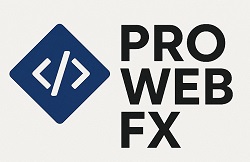Adobe’s ColdFusion Developer Week 2025 wrapped up in late June, bringing a wave of announcements, best practices, and real-world tips for developers and businesses running on ColdFusion. If you couldn’t attend every session, here’s a quick rundown of the key takeaways—especially if you manage or host ColdFusion applications.
- ColdFusion 2025 Security and Performance Gains
Adobe emphasized the importance of applying the latest ColdFusion 2025 updates, with Update 3 delivering critical security patches and Tomcat upgrades. These improvements mean faster load times and tighter safeguards—key factors for both on-premises and cloud-based ColdFusion servers. - Hosting Considerations for Modern CFML Apps
Sessions highlighted that not all ColdFusion hosting environments are created equal. For applications with high traffic or complex integrations, a ColdFusion dedicated server hosting setup can provide the isolation, resources, and stability needed to maximize performance. - ColdFusion Server Optimization Tips
Speakers shared server-level tuning tips, from JVM heap sizing to using built-in monitoring tools, ensuring your ColdFusion server runs at peak efficiency. Optimizations like these reduce downtime and keep apps responsive, even during traffic spikes. - Preparing for Cloud-First Deployments
With more organizations moving ColdFusion apps into containerized or cloud environments, understanding how to configure and secure these servers was a recurring theme. Choosing a host experienced in ColdFusion-specific deployments remains a competitive advantage.
Final Thought
ColdFusion 2025 is shaping up to be one of the most robust releases in recent years. Whether you’re running a shared environment or investing in ColdFusion dedicated server hosting, the lessons from DevWeek are clear: security, optimization, and the right hosting choice are essential for future-ready ColdFusion applications.


Comments are closed.